Alcohol Culture Homework Assignment: Health, Brain, and Society
VerifiedAdded on 2022/08/17
|5
|755
|16
Homework Assignment
AI Summary
This homework assignment on alcohol culture covers several key areas. It begins with a summary of the provided materials, highlighting surprising facts about alcohol's harm, which is considered more dangerous than cocaine or heroin, affecting not only the consumer but also their families and society. The assignment defines "Alcohol Culture" as the social behaviors surrounding alcohol consumption and discusses strategies to reduce alcohol-related deaths and illnesses. The assignment classifies alcohol as a depressant and explains its effects on the brain, including impacted neurotransmitters (glutamate, GABA, dopamine) and brain regions (Nucleus Accumbens), leading to intoxication, poor memory, and slurred speech. The assignment concludes by describing two health conditions caused by heavy alcohol use: alcoholism, which can lead to a craving for alcohol, and liver diseases like fatty liver, alcoholic hepatitis, and cirrhosis.
1 out of 5
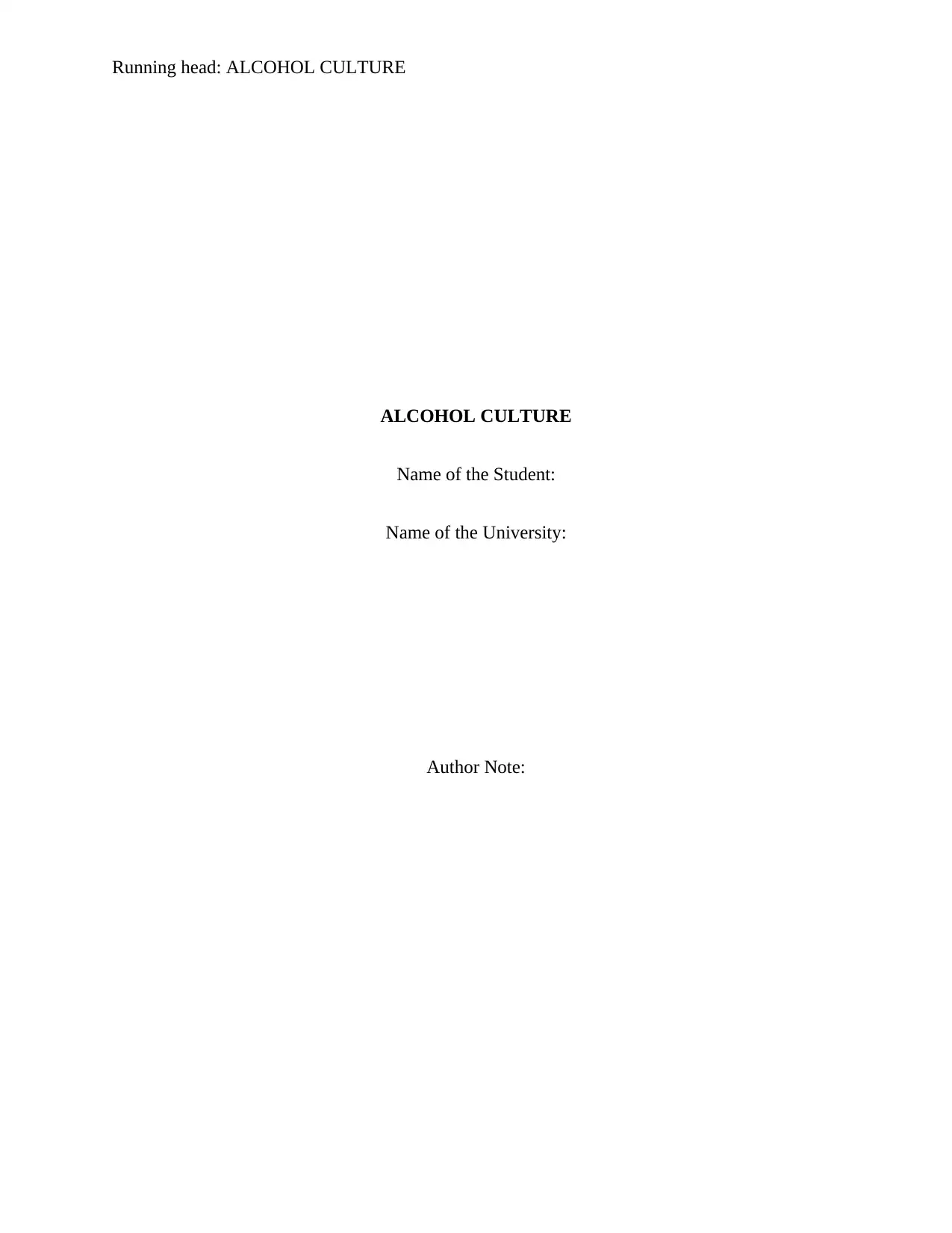
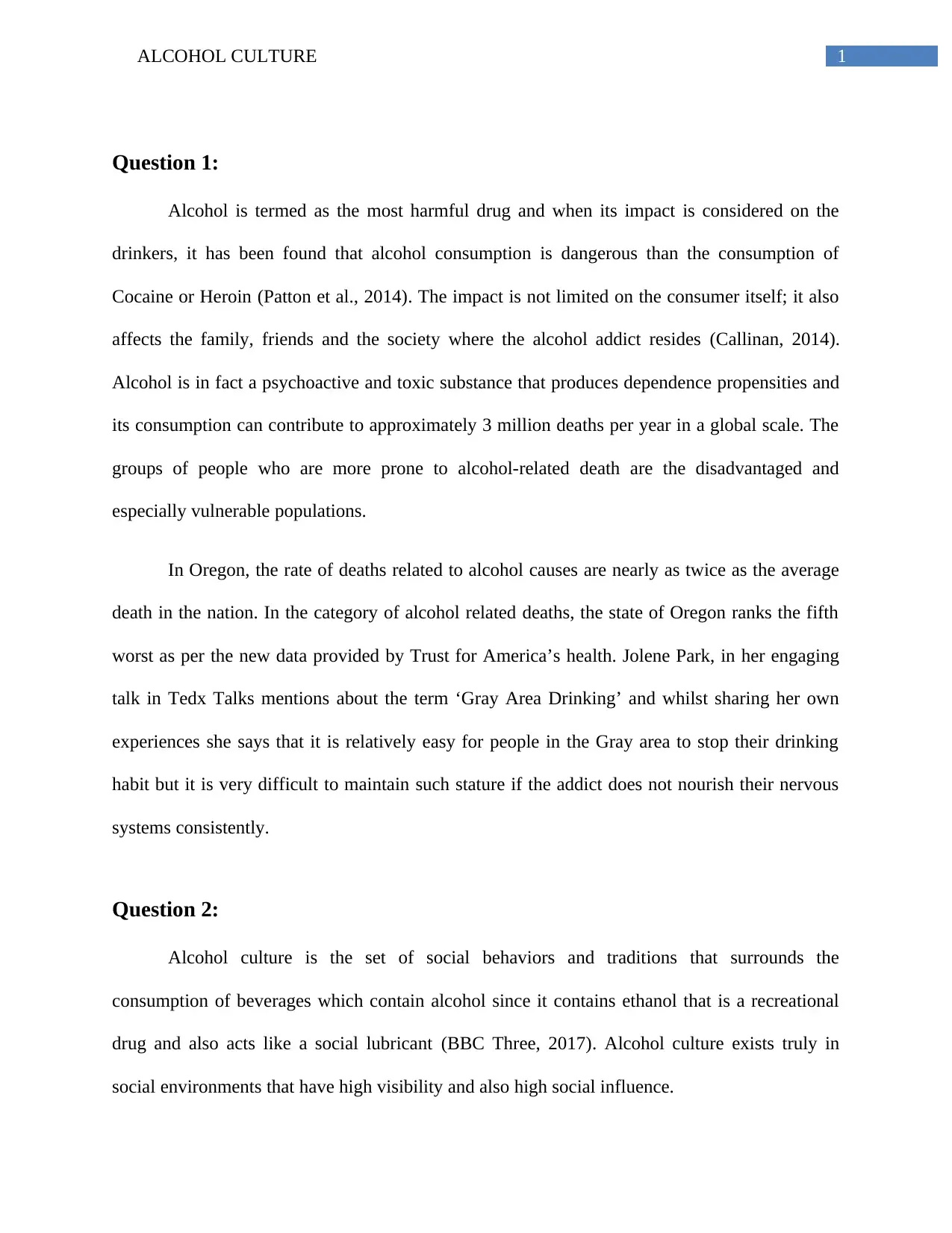
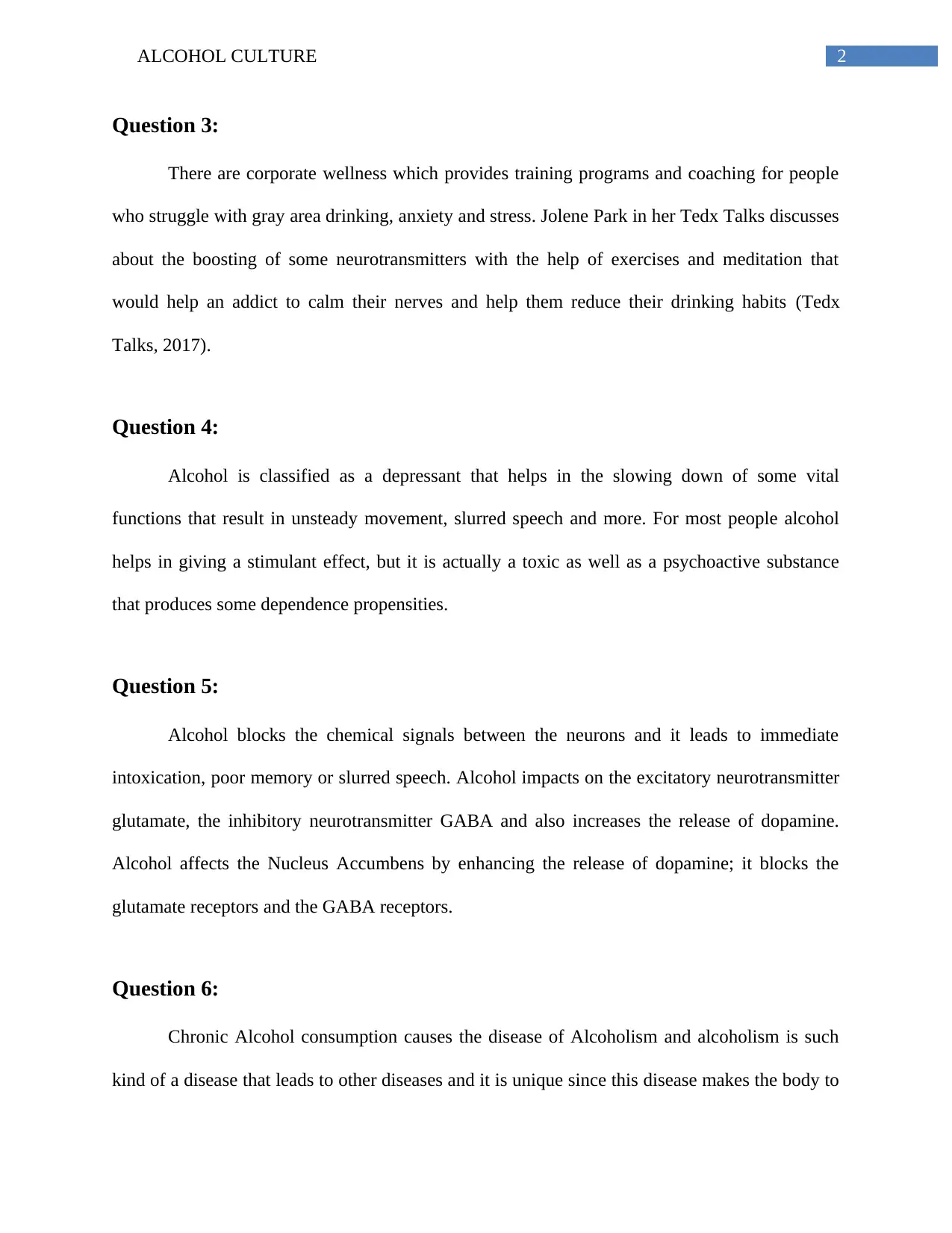

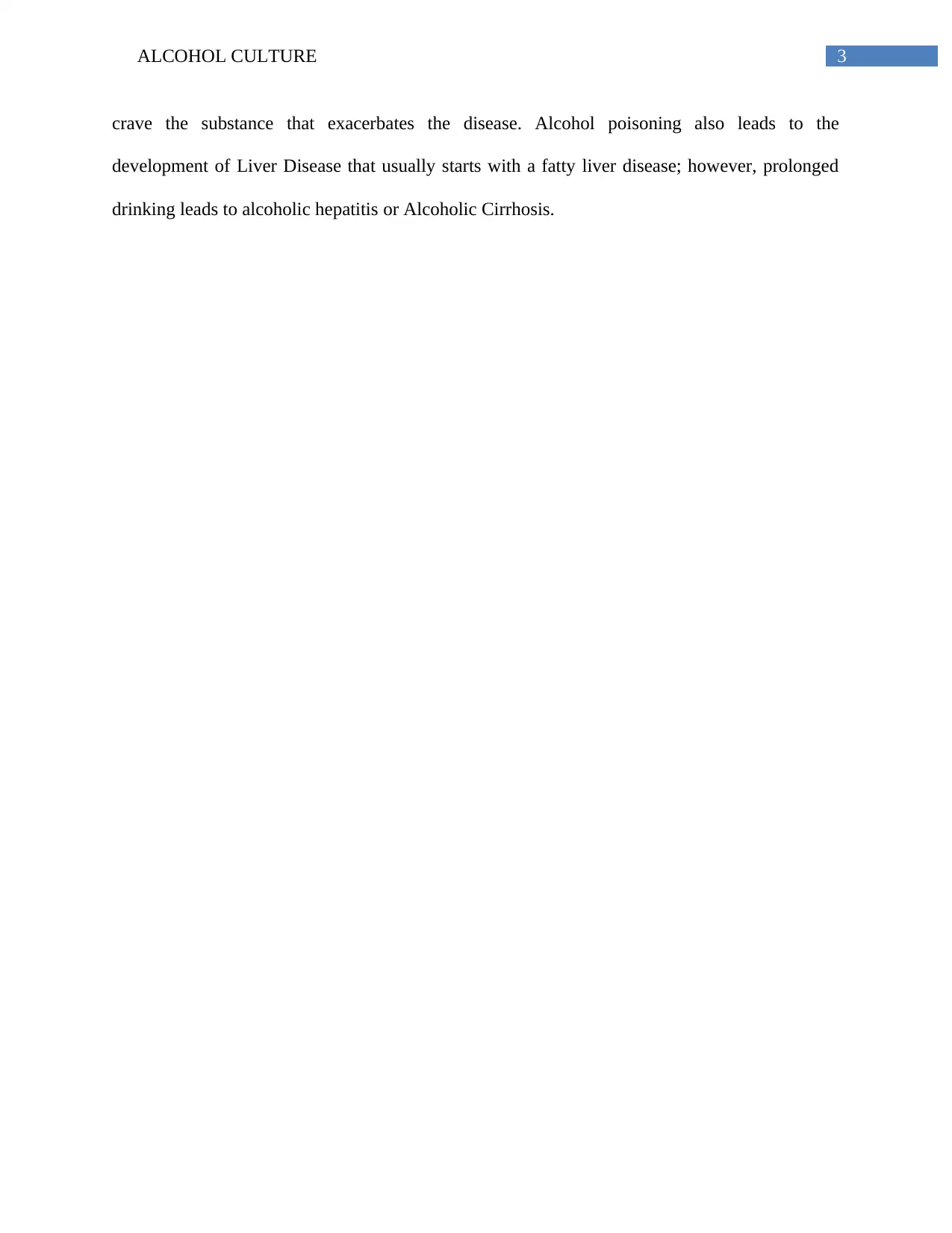
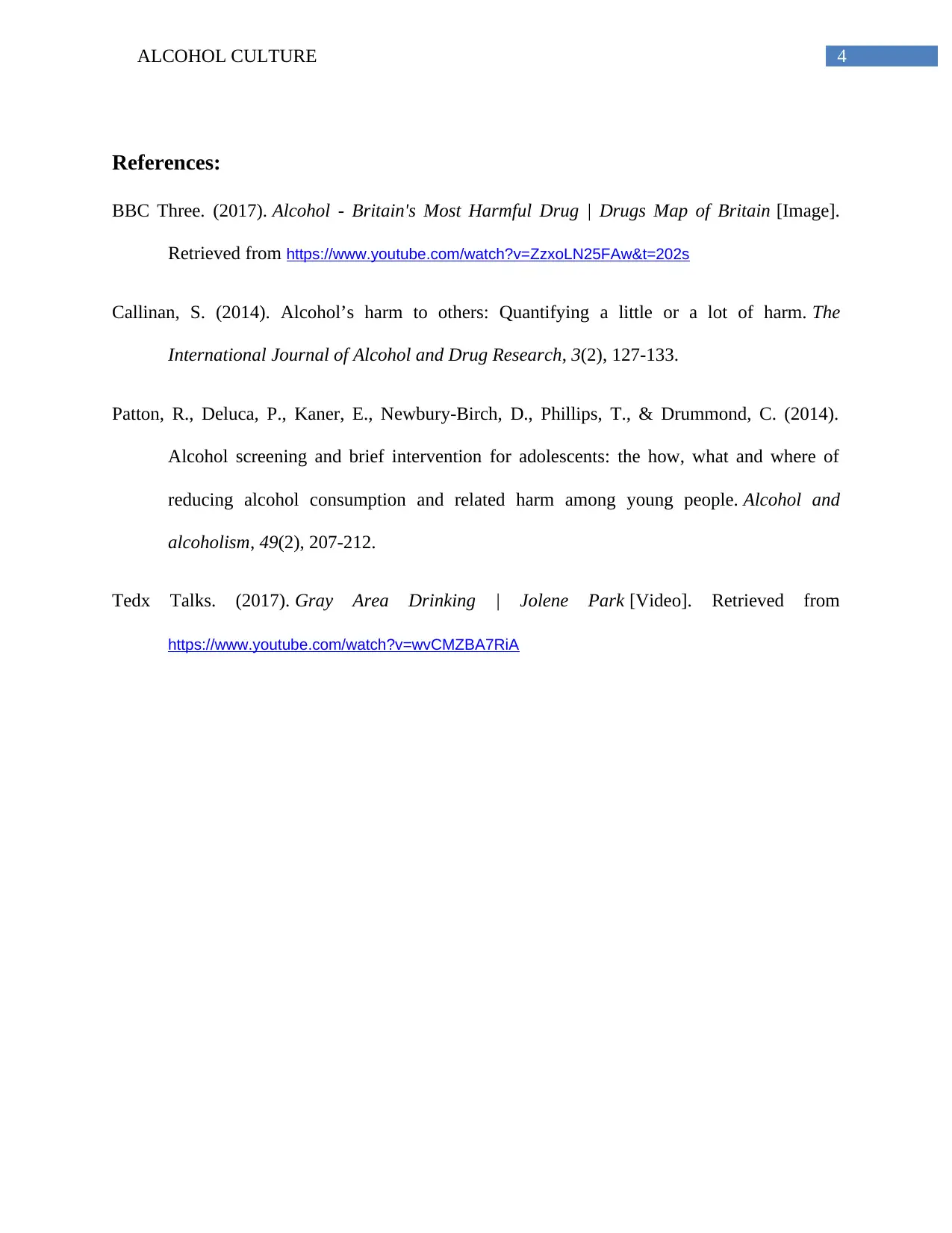
![[object Object]](/_next/static/media/star-bottom.7253800d.svg)